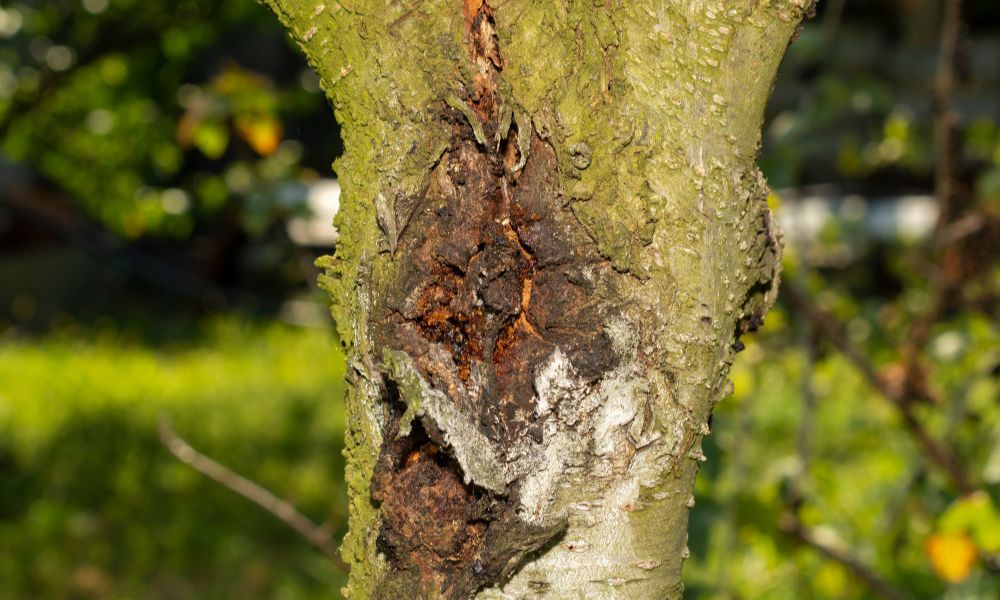Trees aren’t just beautiful parts of our landscape; they play vital roles in our environment by providing oxygen, improving air quality, and supporting wildlife. However, tree diseases and pests can threaten the health of these silent giants. Understanding and recognizing the early signs of tree maladies is crucial to protecting the health of your greenery. Here, we’ll discuss everything you need to know about tree diseases and pests.
Common Tree Diseases
Just like humans and animals, trees can fall victim to various ailments. The most common diseases include oak wilt, Dutch elm disease, and apple scab. It’s important to know how to recognize the signs of these diseases so that you can take the necessary steps to protect your trees. For example, oak wilt is a fungal disease that affects oak trees, and it can be fatal if not managed. It’s most commonly spread by sap-feeding beetles and through root grafts. Symptoms include leaf discoloration and wilting, with a characteristic veinal necrosis pattern.
To prevent these diseases, maintain proper tree care by providing your trees with adequate nutrition, water, and sunlight. Pruning can also be beneficial because it removes infected tissues and improves air circulation.
Common Tree Pests
Aside from diseases, trees also have to contend with pests that can cause significant harm. For example, the emerald ash borer is a metallic wood-boring beetle that infests and kills North American ash species, including green ash and white ash. The larvae feed on a tree’s inner bark, disrupting its ability to conduct water and nutrients and ultimately leading to tree death.
The gypsy moth is another invasive pest species in the United States. Its larvae feed on the leaves of over 300 species of trees, shrubs, and plants, with oak being the preferred host. A heavy infestation can defoliate a tree, leaving it vulnerable to other diseases and pests.
Prevention is a key strategy in managing tree pests. Some methods include maintaining tree health to allow plants to fight off pests naturally, applying pesticides when necessary, and managing the landscape to discourage pest infestation.
Effects on Tree Health and the Environment
Untreated tree diseases and pest infestations can have far-reaching implications. The health of our collective tree population directly affects the environment, as trees are crucial for maintaining a balanced ecosystem. In addition to environmental concerns, there are also economic implications for industries that rely on wood and plant products.
Early detection and intervention are essential. Community involvement in tree health is encouraged, as this collective effort can significantly reduce disease and pest spread.
Maintaining Tree Health
Homeowners can take several proactive measures to maintain tree health and prevent the spread of diseases and pests. Frequent visual inspections of your trees can help you detect early signs of disease or pests. Look for unusual leaf discoloration, wilting, and signs of pest activity, such as holes in the bark or sawdust-like frass.
Good tree care, such as watering and fertilizing, mulching around the base, and pruning, can significantly improve a tree’s ability to resist disease and pest infestations. When in doubt, seek the help of an arborist or tree-care professional. They can provide expert advice on tree health and diagnose and treat any issues.
Protecting trees from diseases and pests is a shared responsibility among homeowners, communities, and environmental organizations. Contact Watts Tree Service today to learn more about our services, including overhead line clearance. By staying informed and taking action, you can contribute to a healthier tree population and a cleaner, more sustainable environment for all.
Last modified: April 25, 2025

